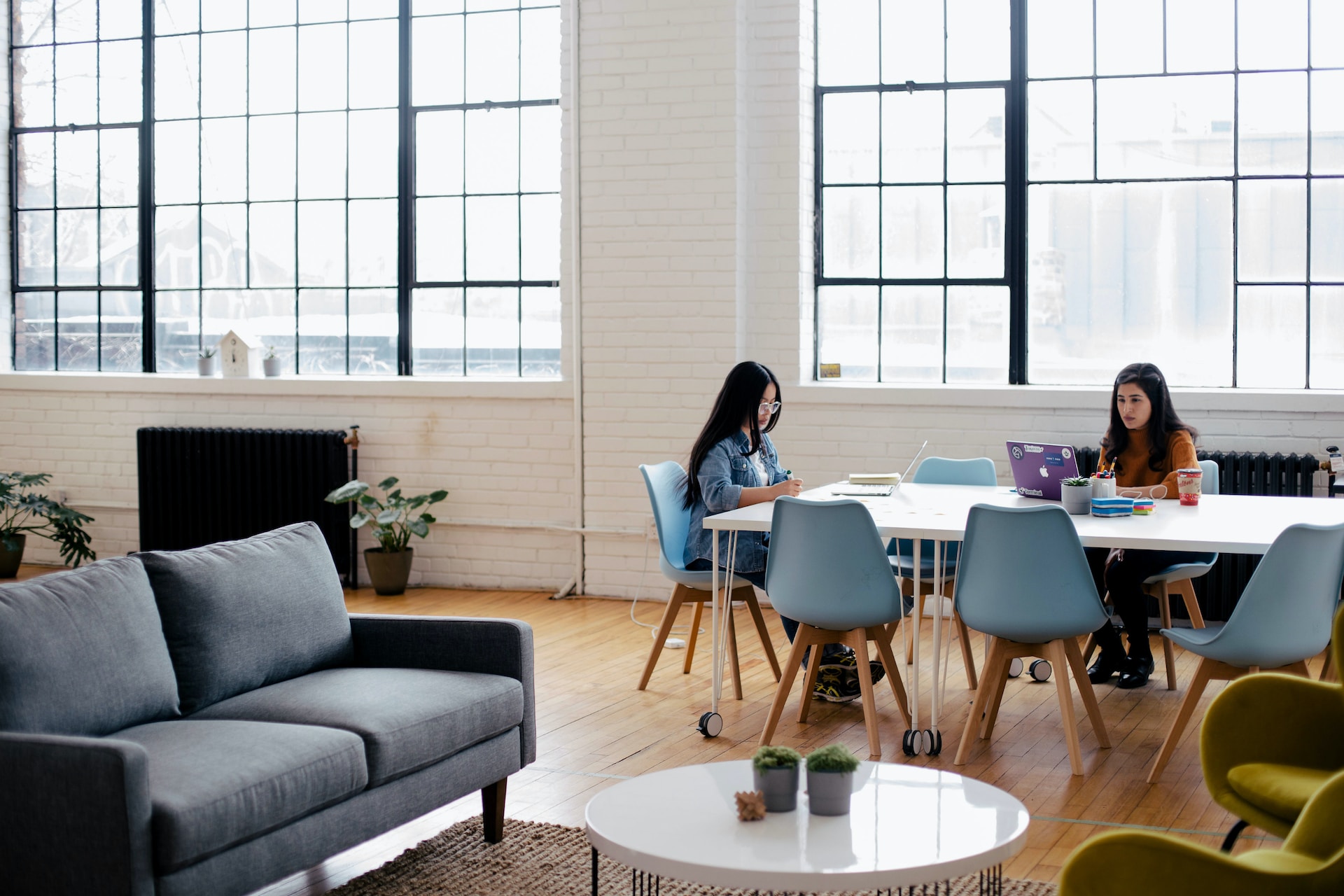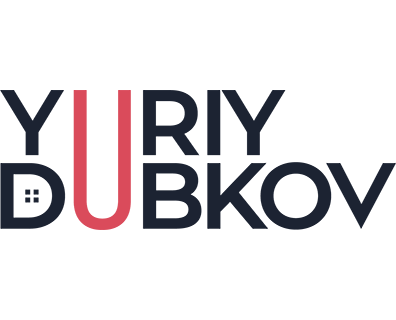Office efficiency as a tool to increase productivity
Innovative data collection technologies are increasingly in demand in commercial real estate. It’s not just about analyzing consumers or activity. Digital solutions make it possible to assess office efficiency, convenience, and the ability to optimize workspaces. In this way, it is possible to increase employee comfort, improve employee engagement and thus conduct business more productively.
The main driver behind the increased demand for such technology has been the pandemic and the need for hybrid work schedules. For example, digital solutions can be used to plan office options and calculate the number of employees who will be comfortable working in a designated area. Professionals can book workstations via apps. And since desks are not assigned to specific people, there is no unnecessary stuff on them, and the space is not cluttered.
An analysis of office space utilization is also essential from a layout point of view. Knowing which part of the space is devoted to desks and which functions as meeting rooms or seating areas, you can save significantly on rental space.

Data collection tools to evaluate the efficiency of office use
A variety of tools collect data. Bluetooth beacons are placed in all rooms, including corridors and recreational areas. This analysis method has a drawback: the beacons must be permanently attached to employees’ ACS cards. Many companies are abandoning this badge form, replacing them with Face IDs.
Another tool is the placement of Wi-Fi points with a triangulation function. However, there is a risk of human location error in this case, which makes the analytics results inaccurate.
Video equipment, which can be an additional tool for tracking via apps on employees’ smartphones, provides good results. Cameras do not provide information about which room a person is in. Still, they allow you to track employees’ movements along corridors and floors and record the time of their arrival and departure. To increase the accuracy of data collection, it is important to consider the placement of equipment so that it can broadcast people’s faces.
Sensors ensure the exact time an employee spends at their desk. They are placed under the desk and record an employee’s time at the workplace.
Time-recording applications have become popular during the pandemic when almost the entire world has moved to a remote interaction format. Such programs are installed on a computer and monitor employee activity periods. They can be used to see an overall picture of a professional’s approach to organizing activities, but more is needed to obtain detailed information.
